
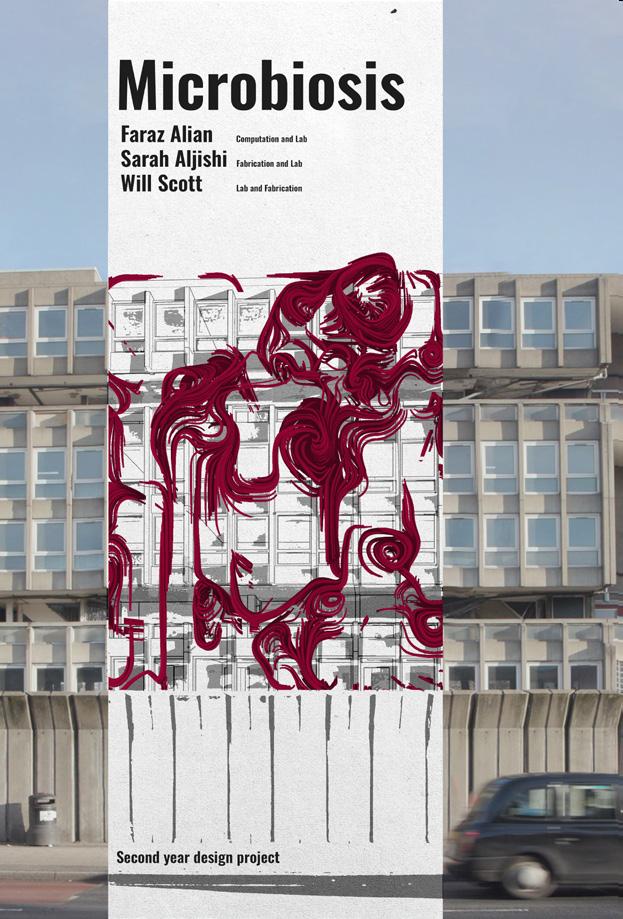
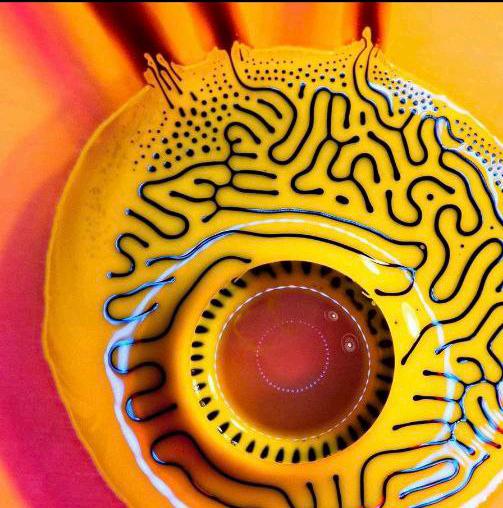
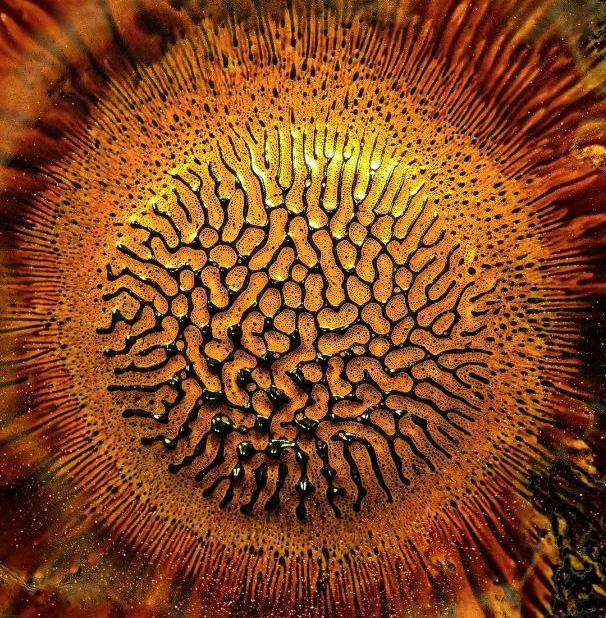

Microbiosis aims to employ a microbiome centric approach to redesigning living environments. Taking the Robinhood Estate as a study site that has suffered from years of neglect and underfunding, we speculate a non-destructive approach aiming at increasing the health of the residents through a microbime-centric design.
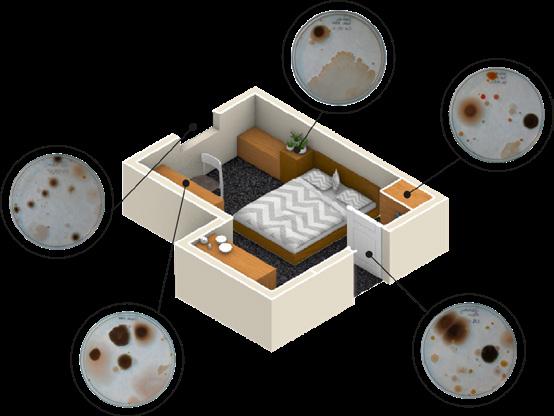

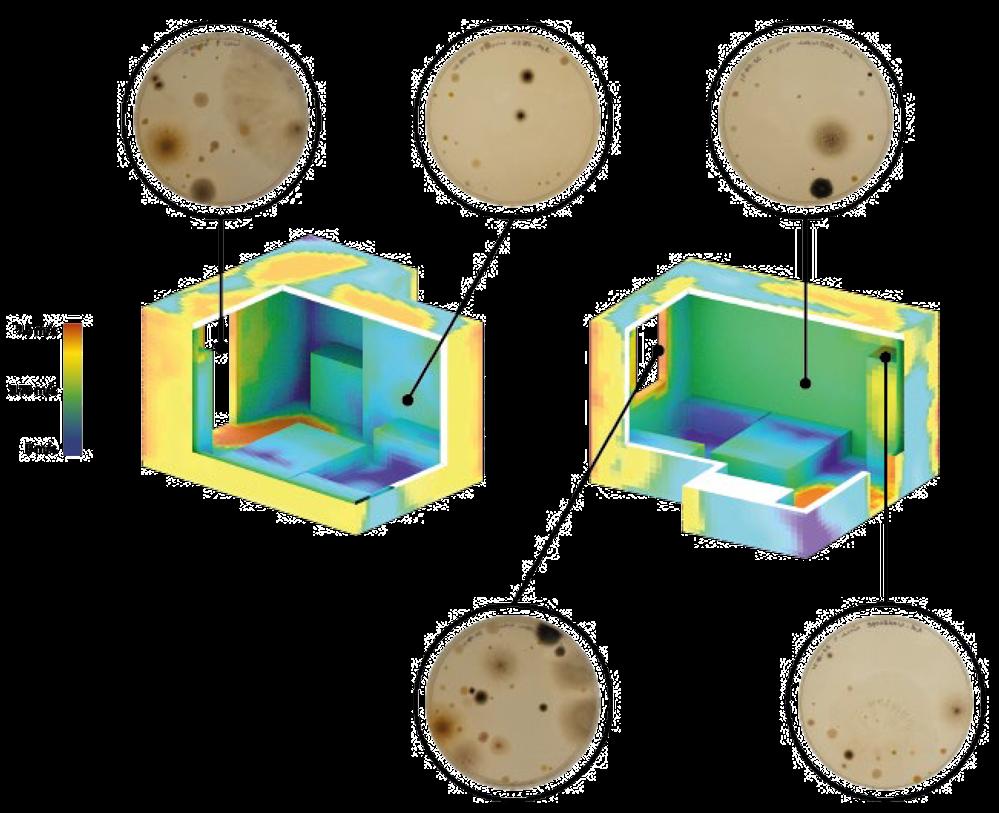
Surface swab samples of the interior space laid on top of the air flow velocity map of the room. Swab samples were taken from the room of a group member and CFD analysis was conducted on the 3D model of the room and the average wind data of the nearby weather station.

the facade patterns are generated by running curl noise on the prevalent wind direction, therefore, these formations have a damping effect on the wind and maximal wind interaction allowing microbial colonies to cover the surface.



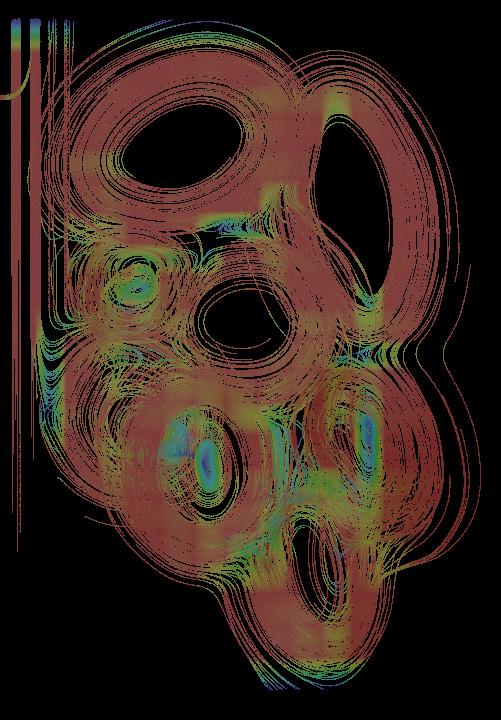
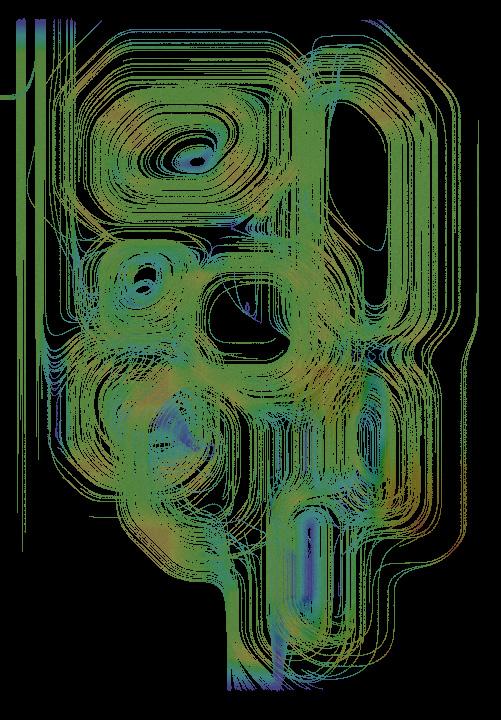

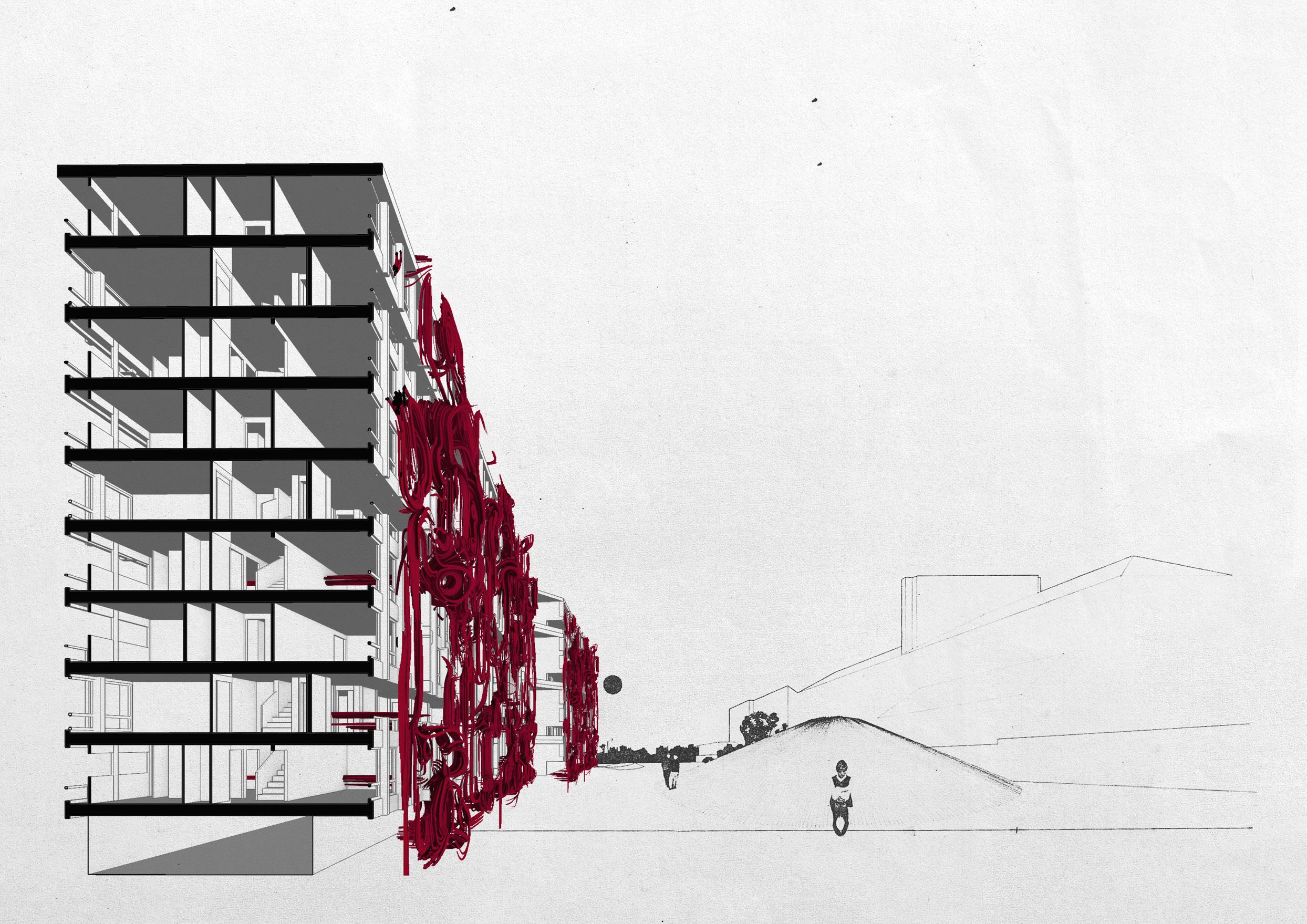
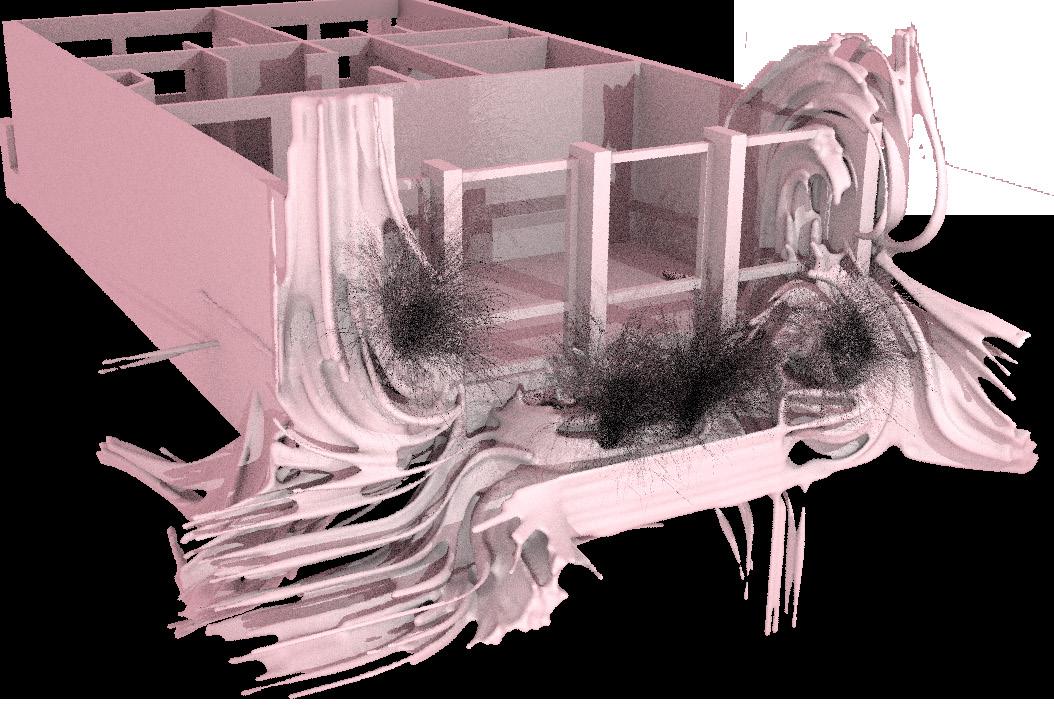
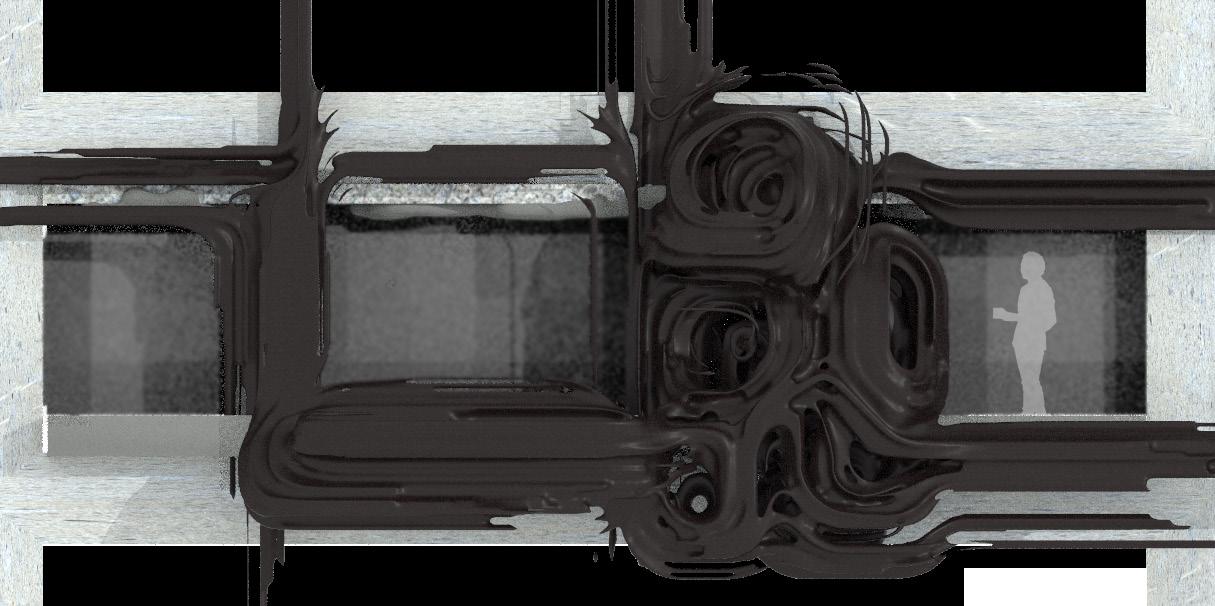
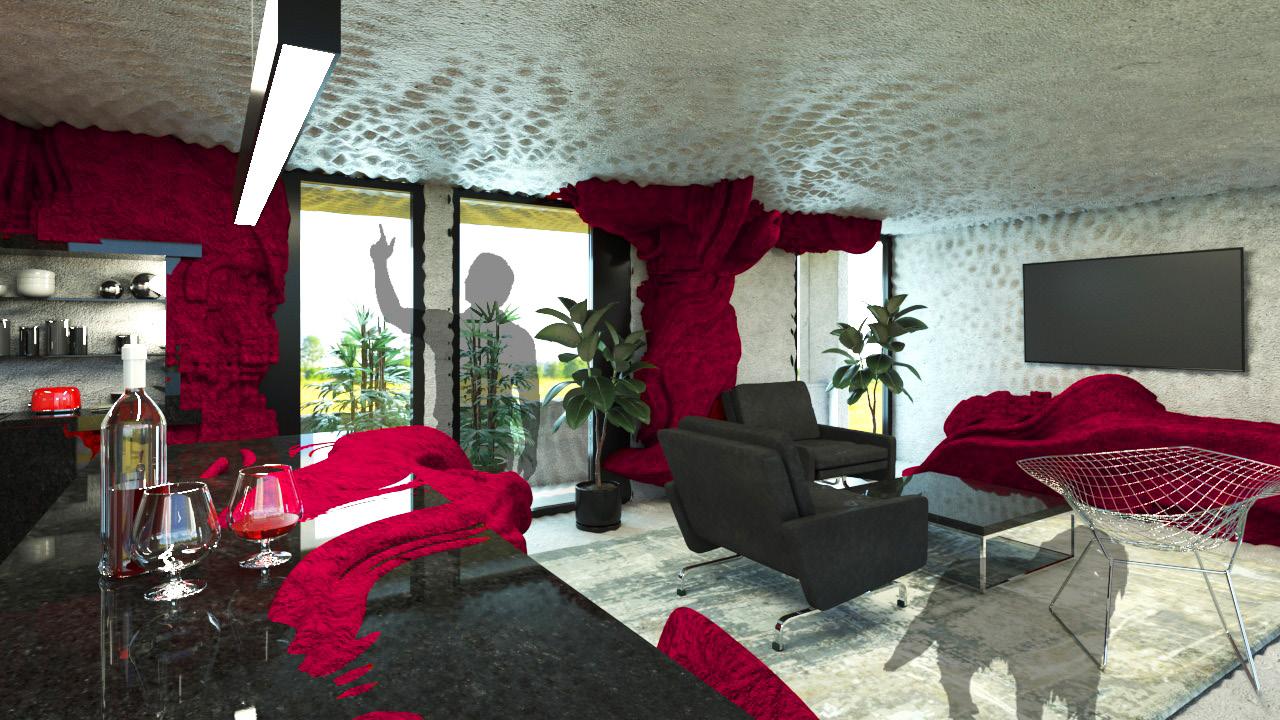
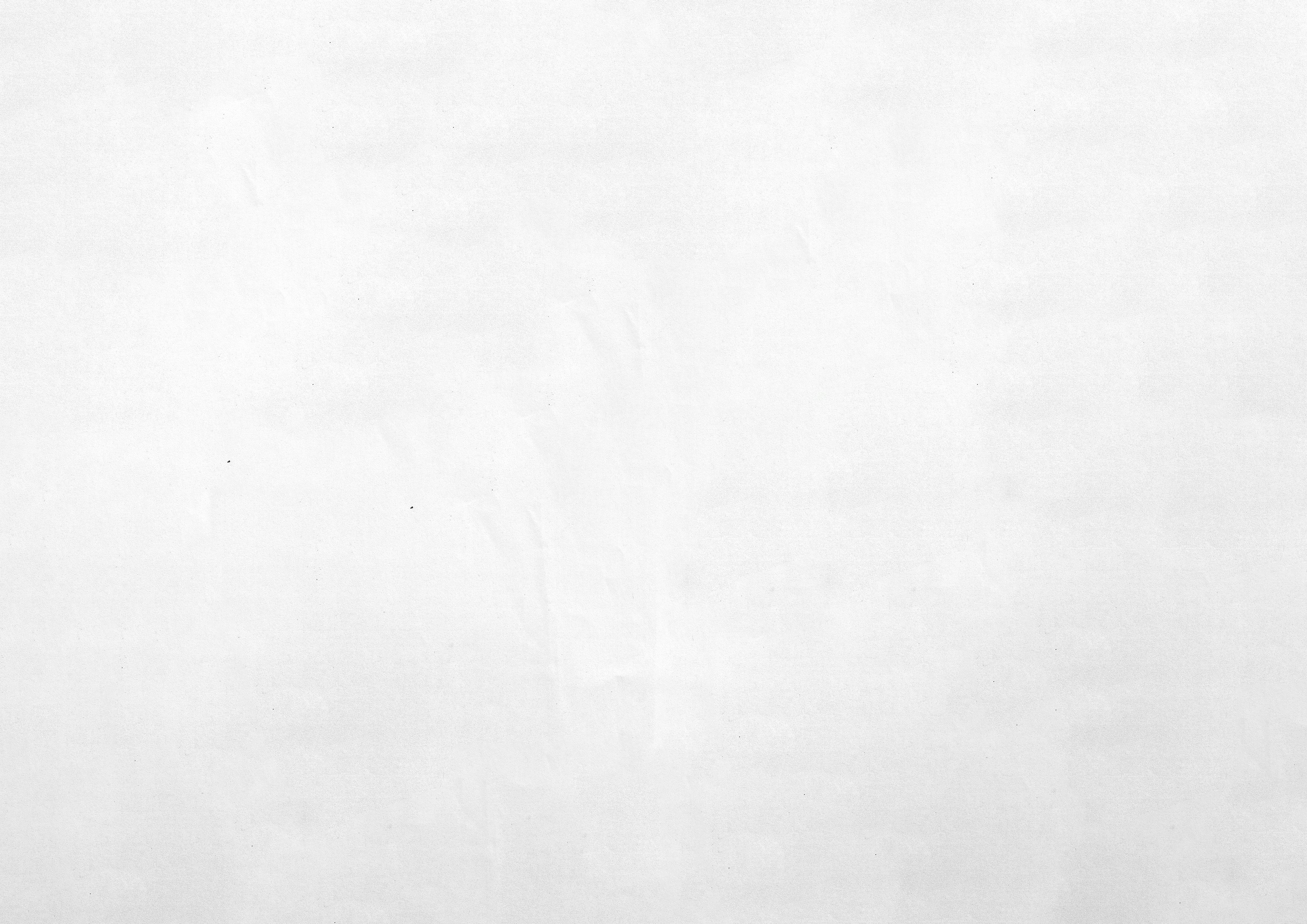

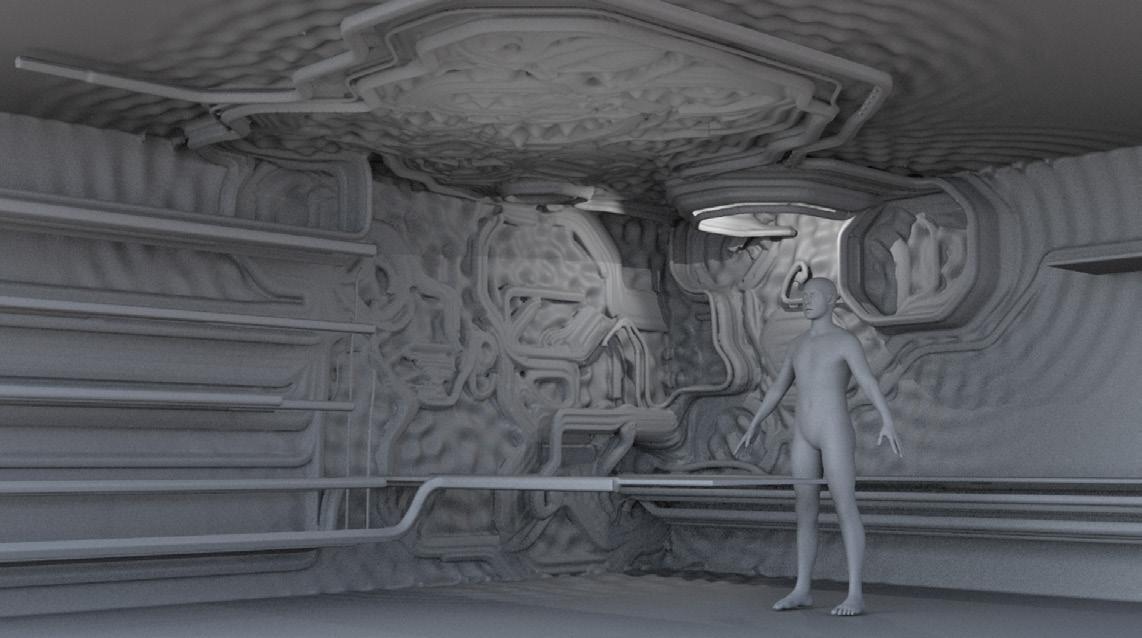
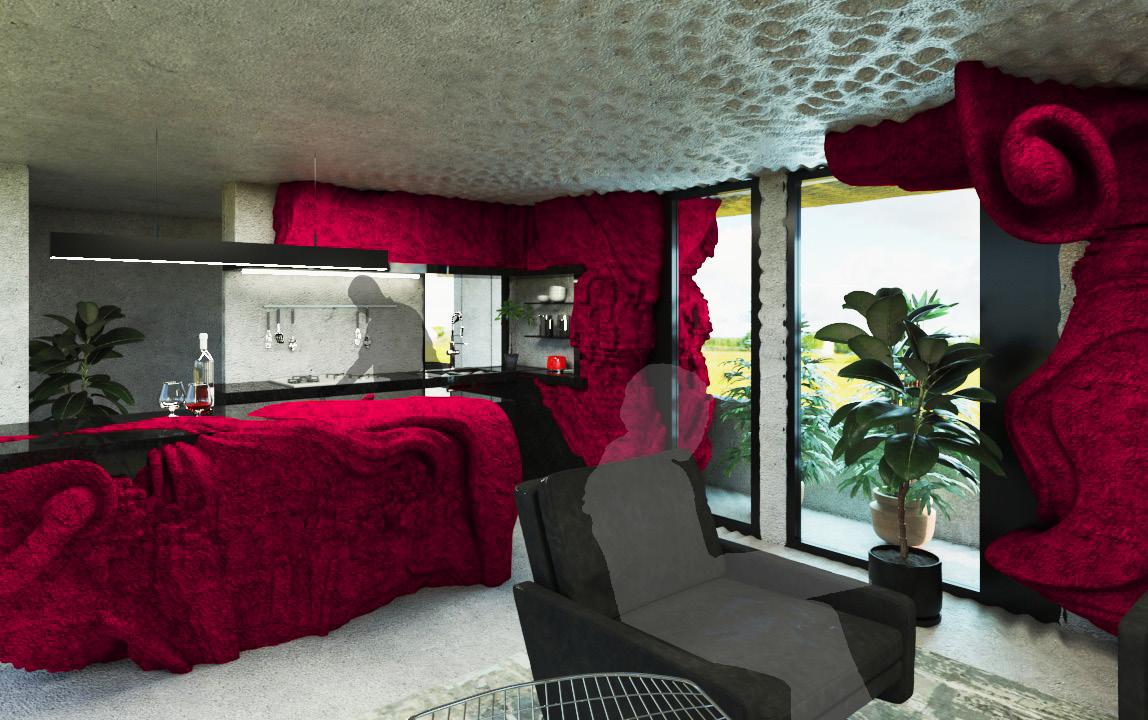 Perlin Noise
Curl Noise
Perlin Noise
Curl Noise
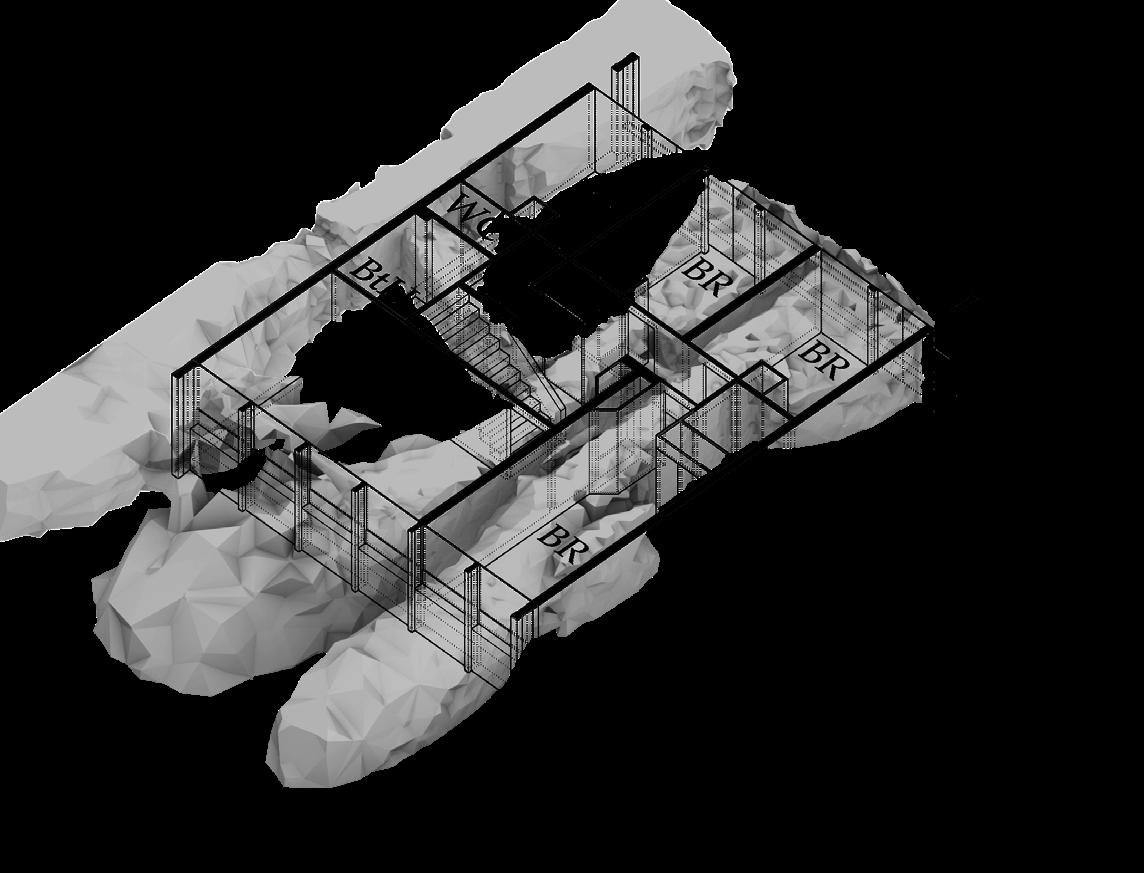

Heatmap/Point Cloud

Rearranging the openings of the old housing units to improve the airflow for a better microbial distribution. The current layout (left) is unable to sufficiently distribute airflow in the spaces. The new layout (right) closes some of the windows and opens spaces to redirect the wind.
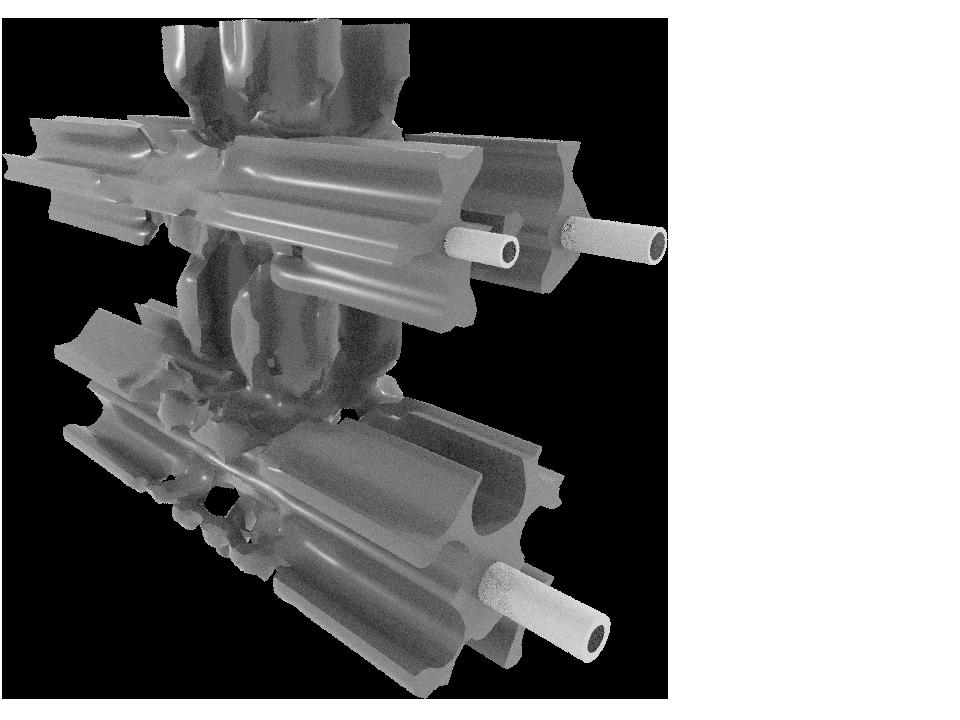
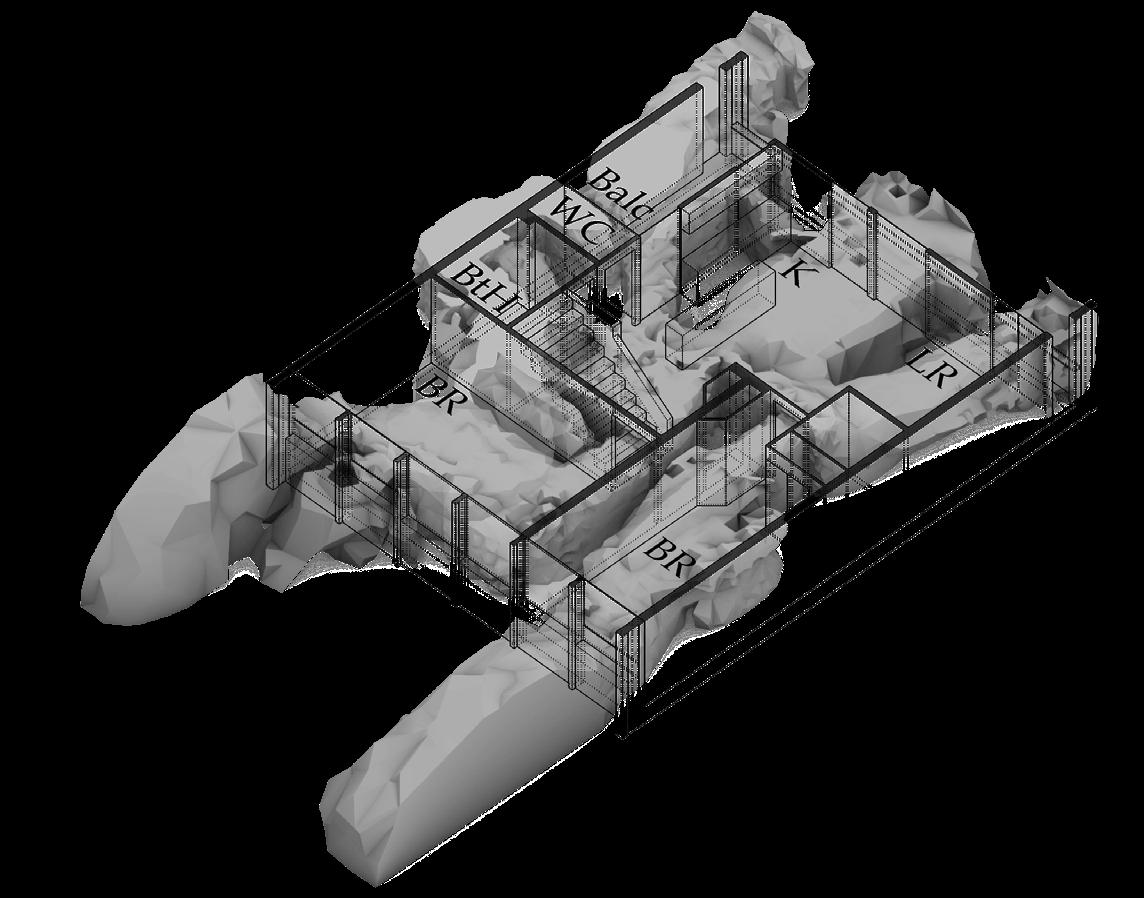
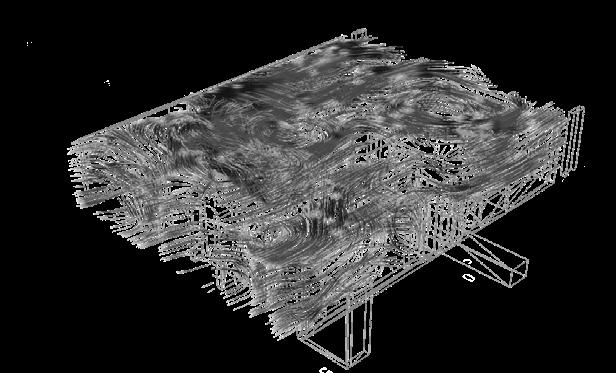
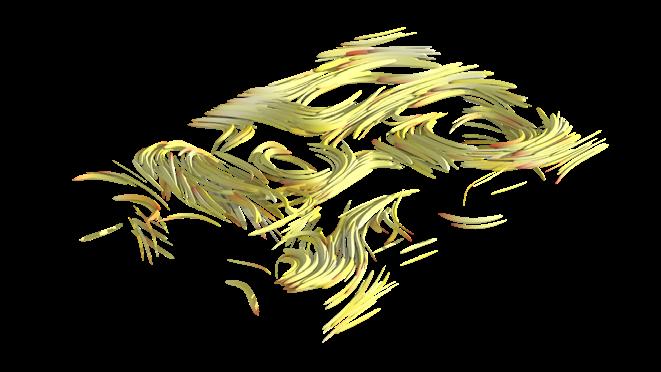
Humen and architecture interact through the microbial dispersal gradient. This can include direct interactions like touch, indirect one like piking a book from a shelf or touching a plant or through air borne microbial dispersal induced by wind.
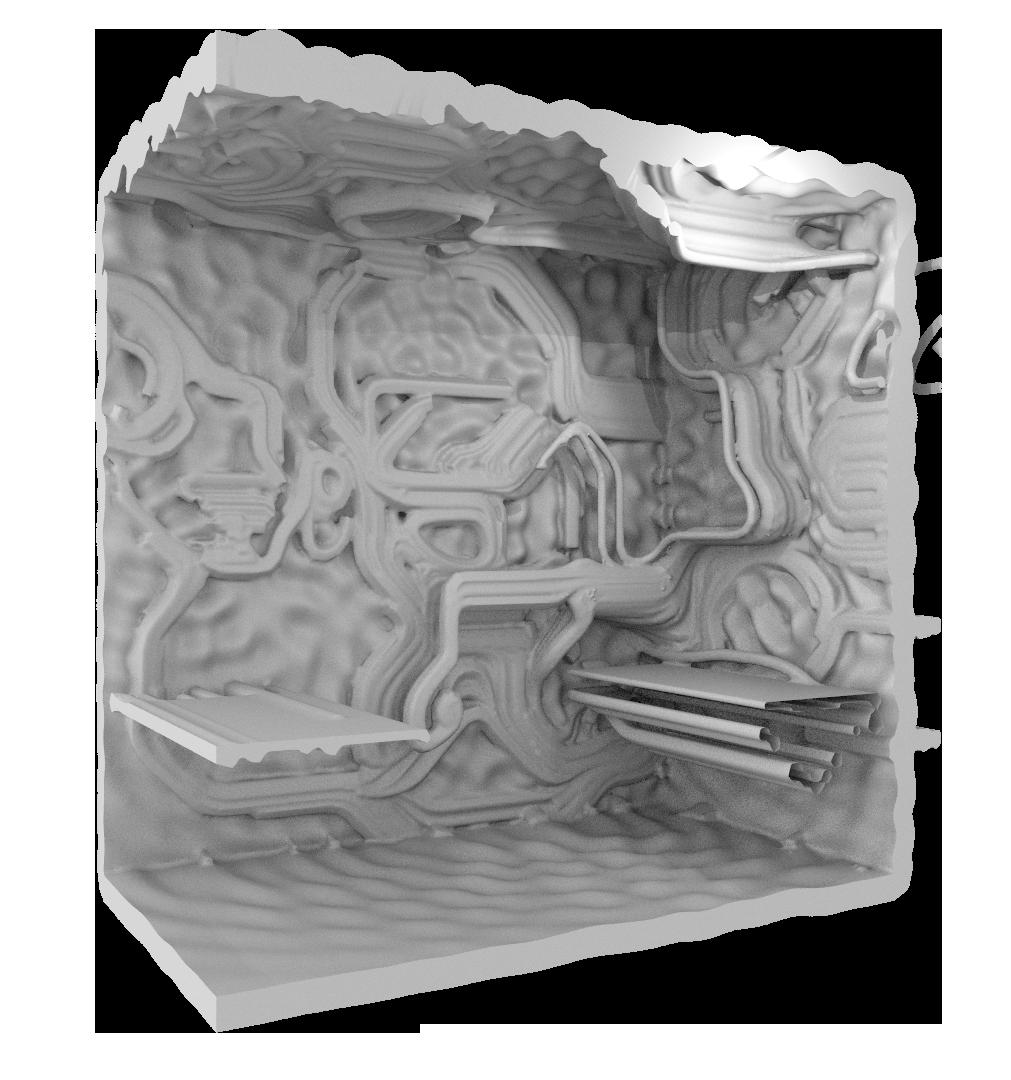
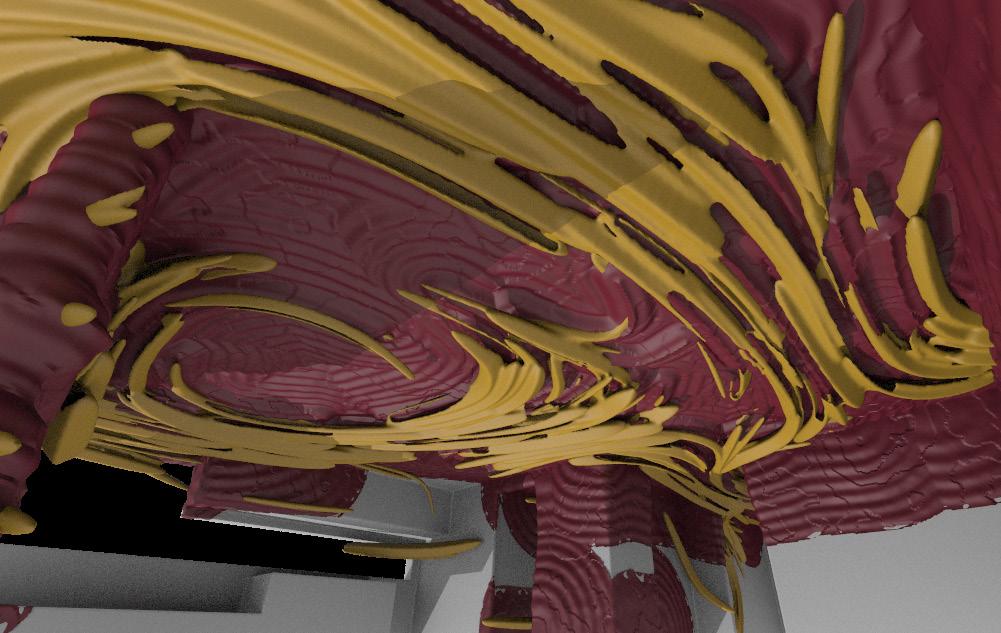
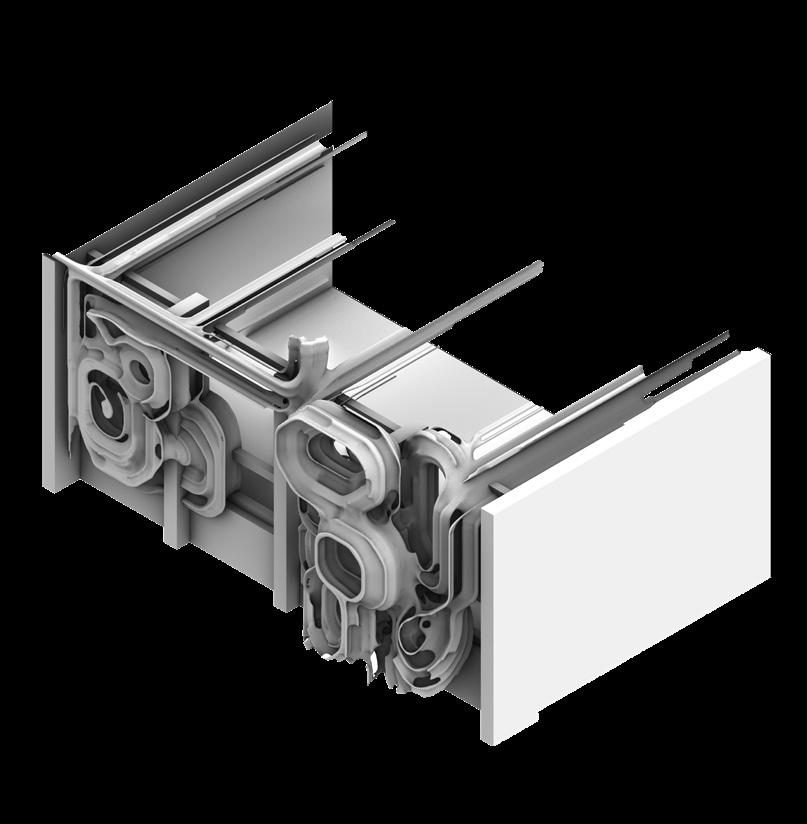

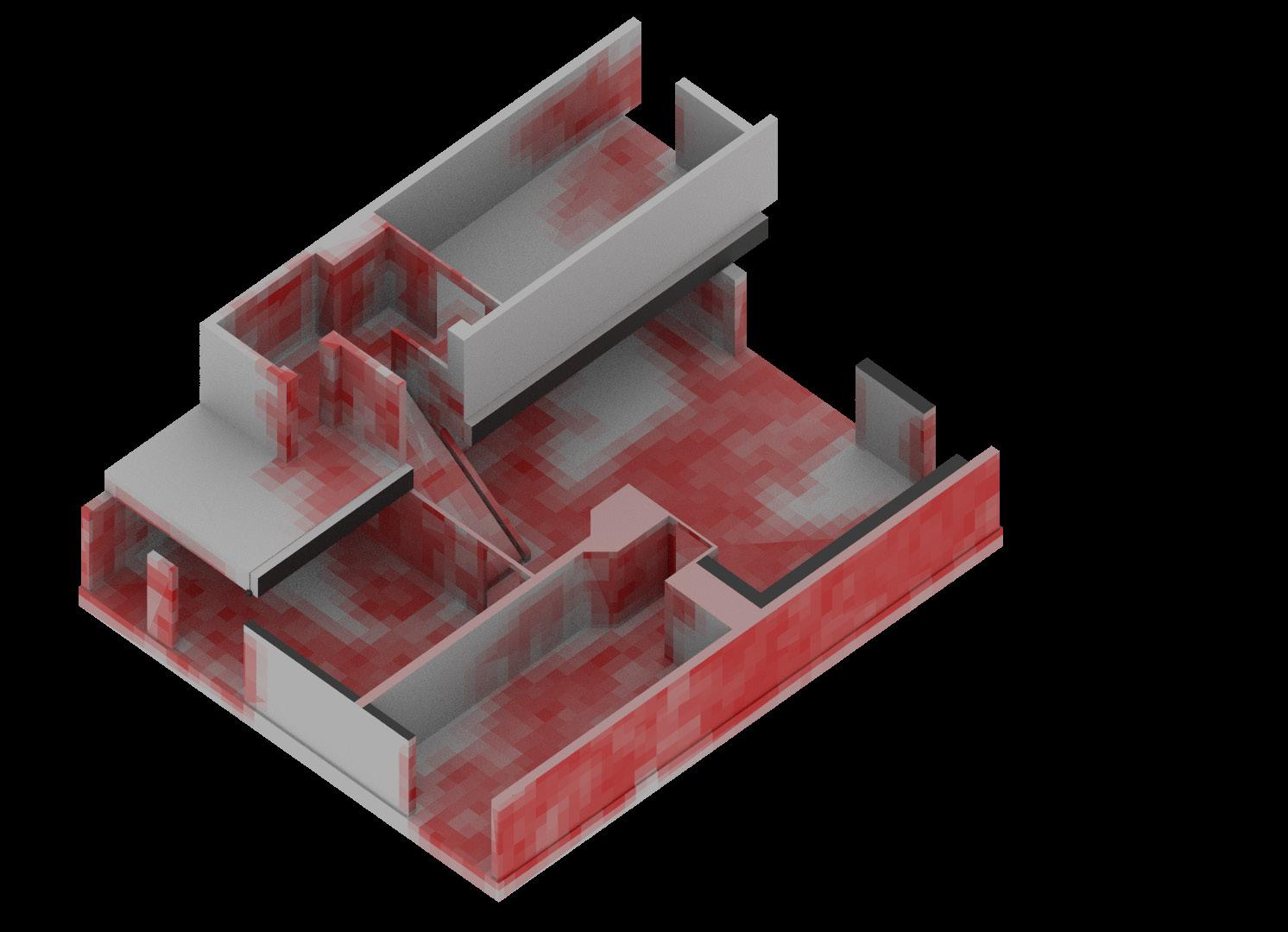


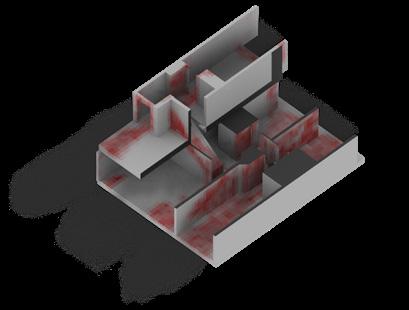
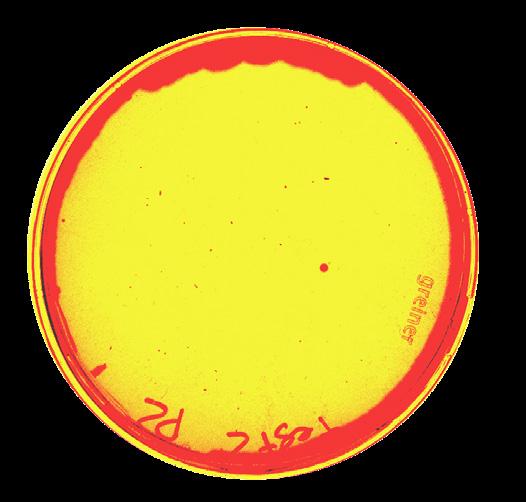

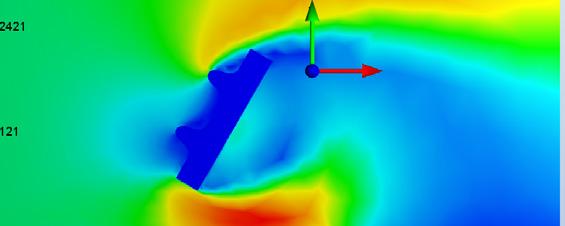



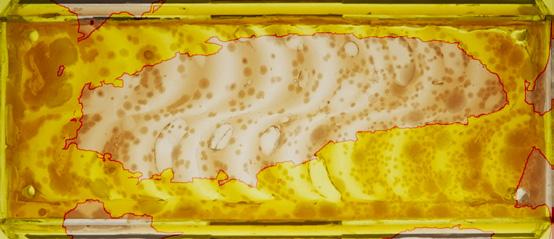
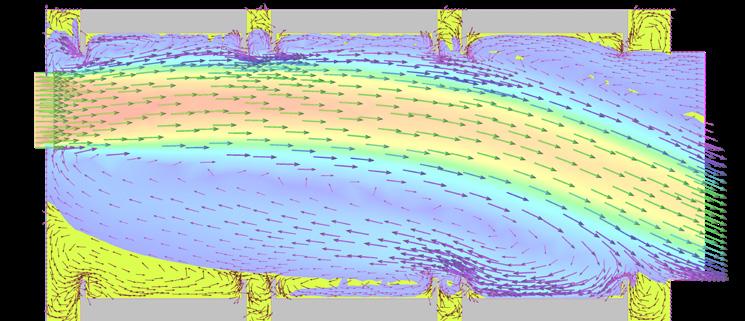
patterning the microbial deposition on the surfaces and relation between surface geometry and microbial dissemination. The yellow highlighted area corrolates to a higher CFD wind velocity and shows a considerable increase in the number of bacterial colonies.
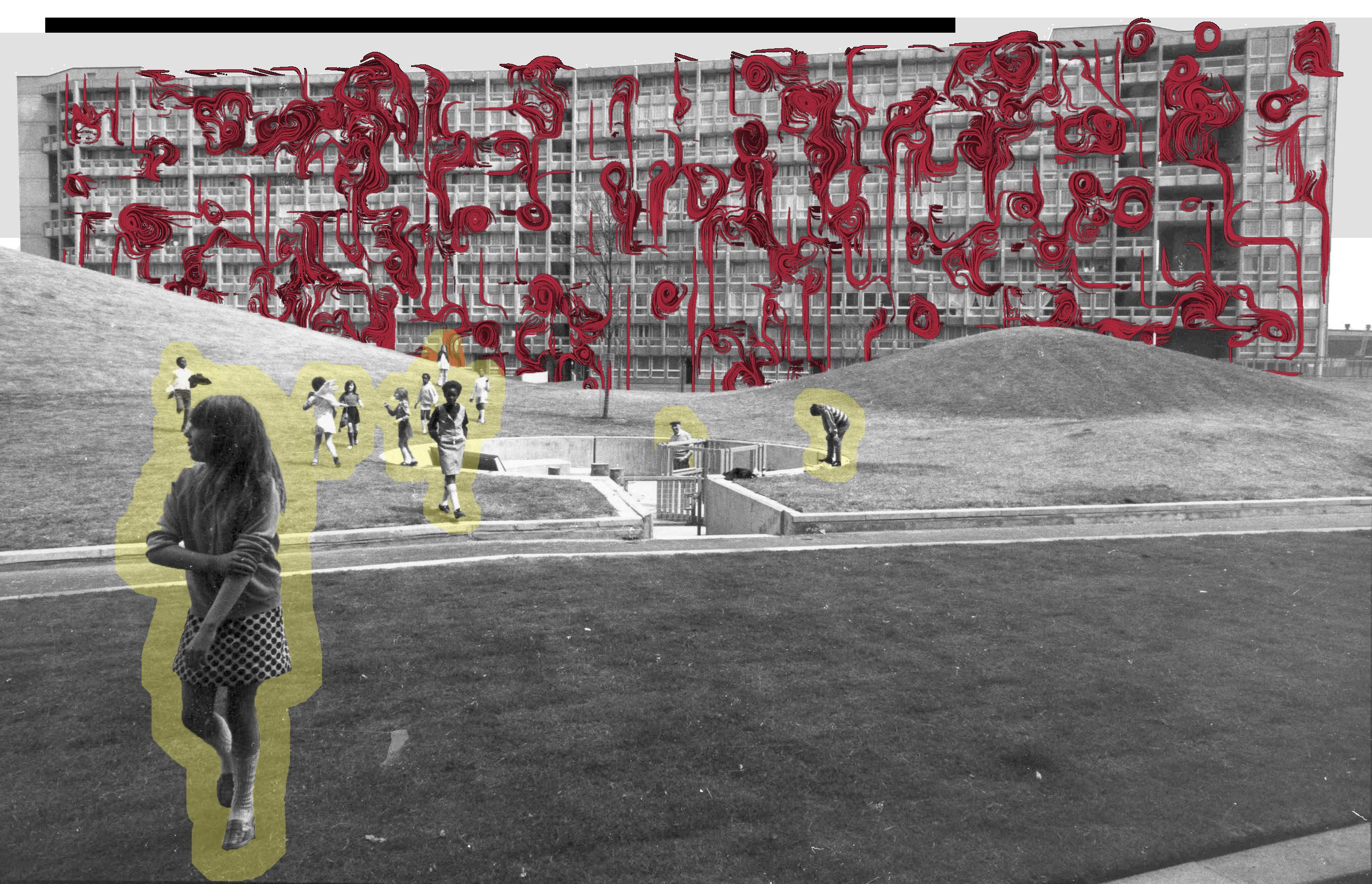

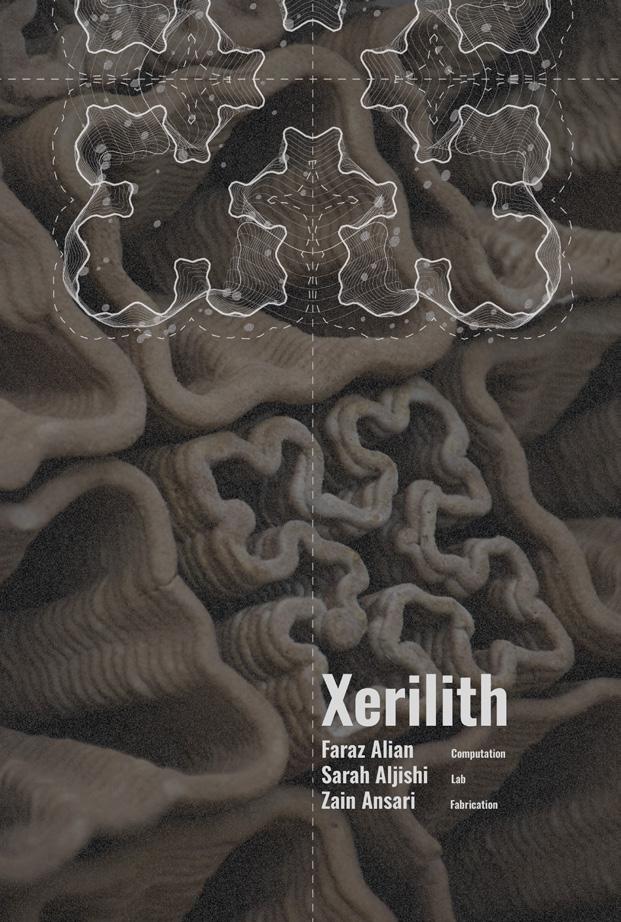
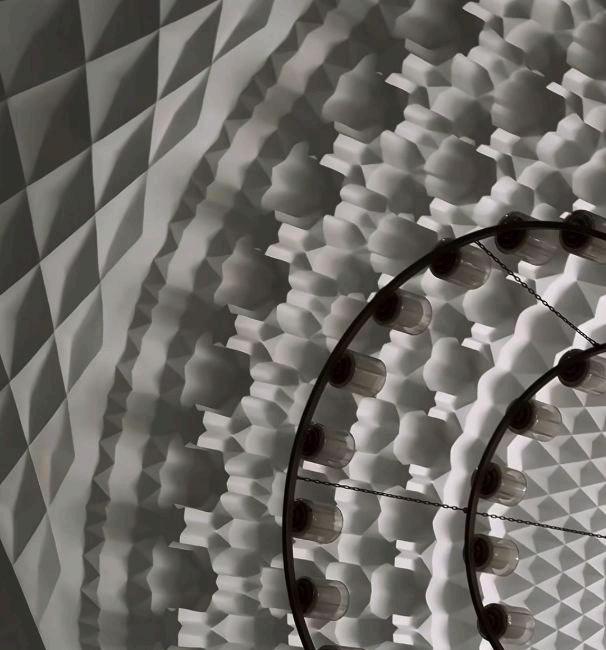
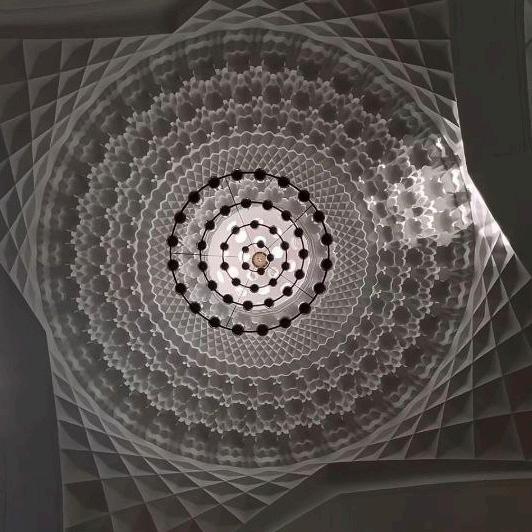


Xerilith explores new approaches to utilize desert plants, saltbush (Atriplex), for their long roots and ability to withstand draught in biointegrated desert architecture. The humid and hot environment at neom challanges the viability of greenery.
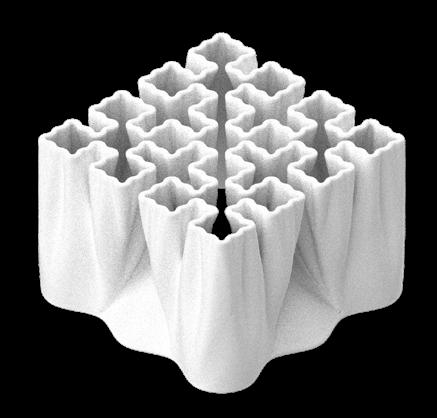



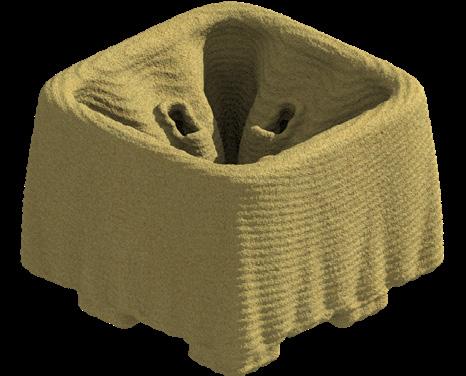
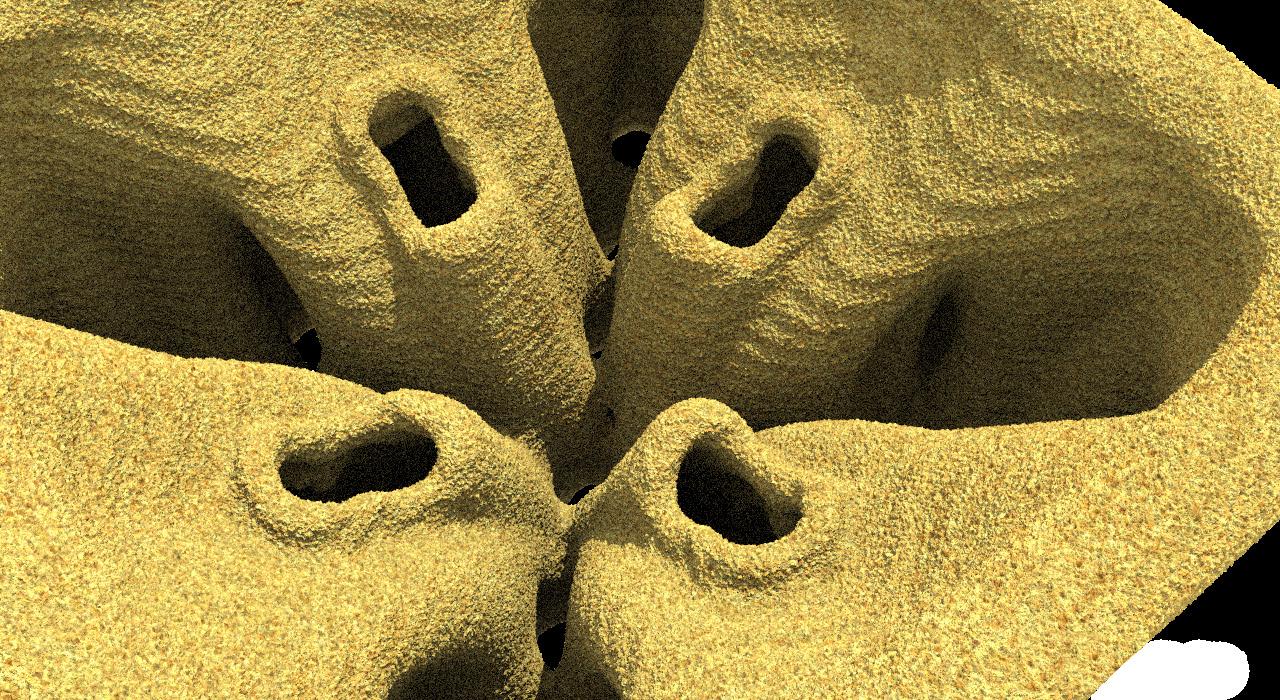

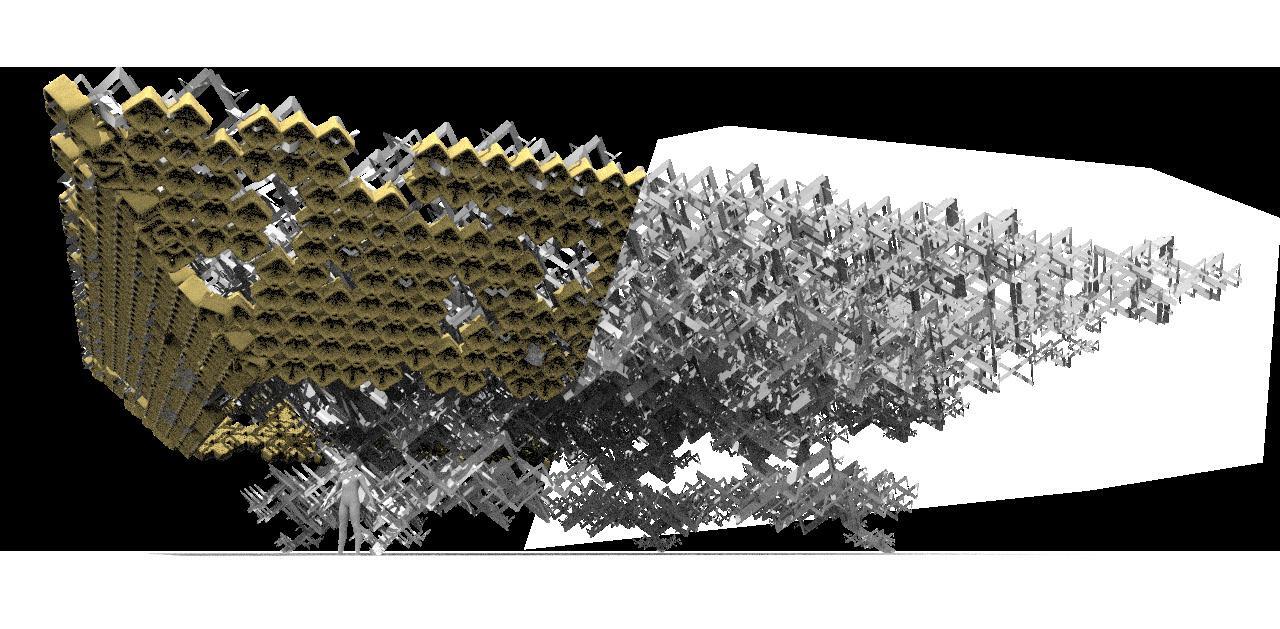

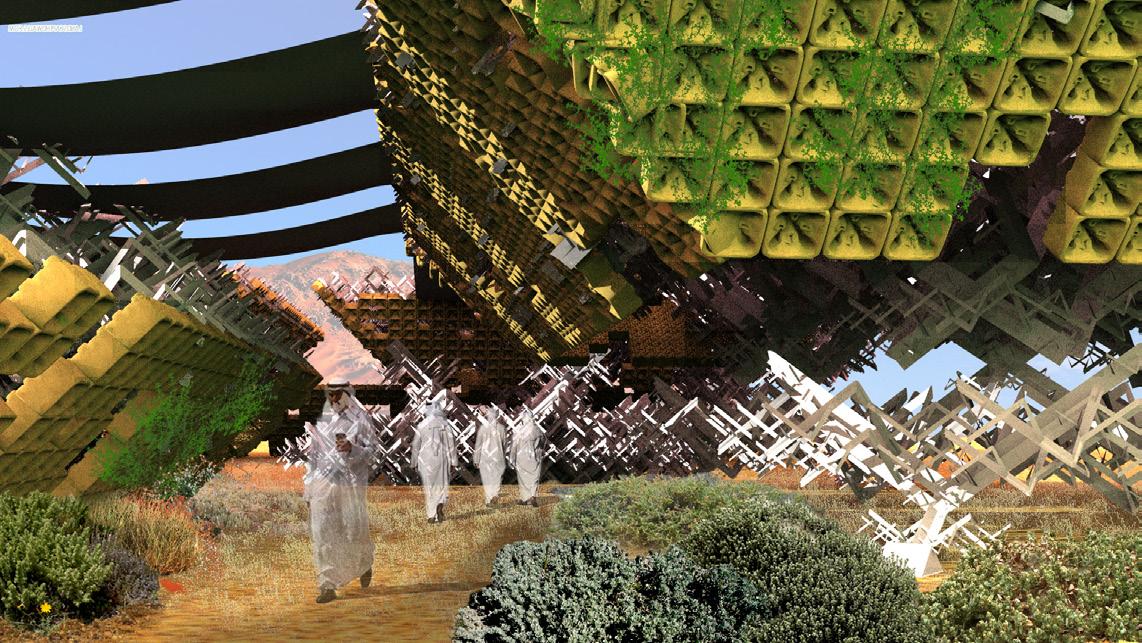
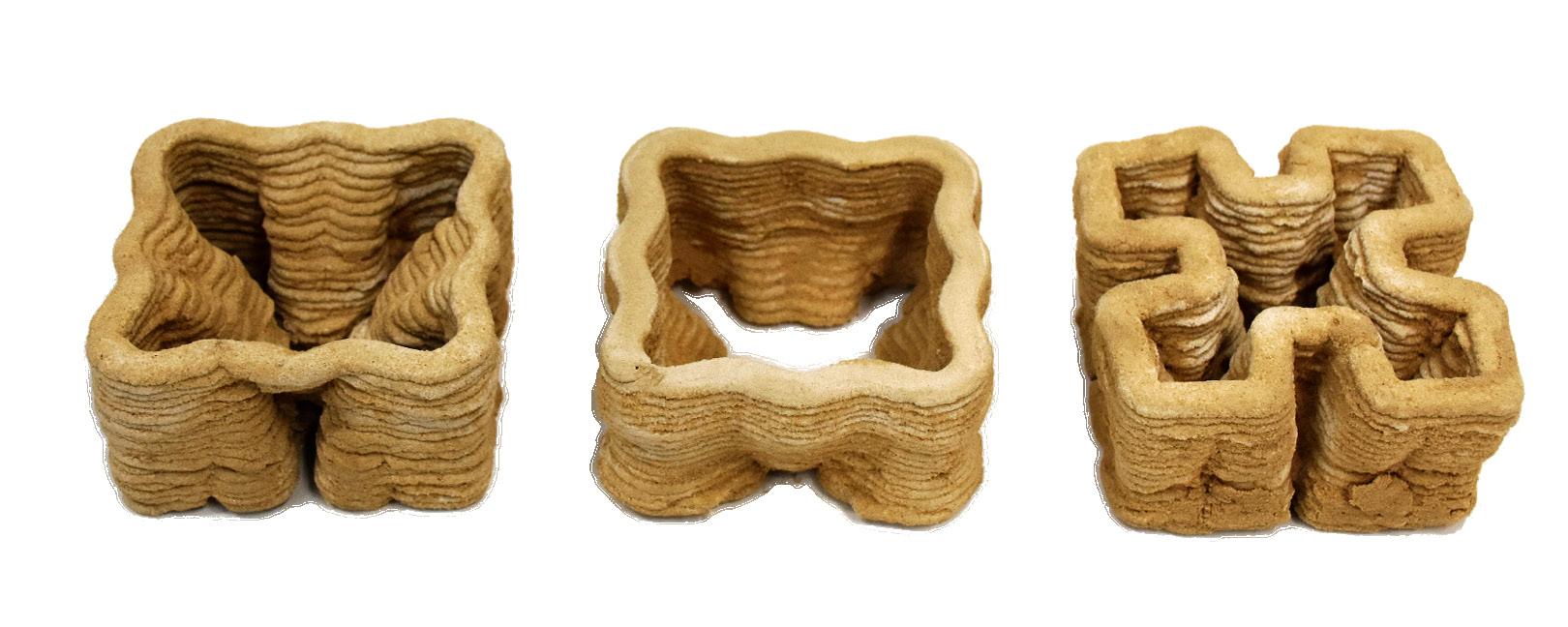


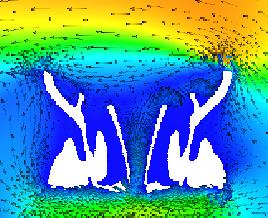



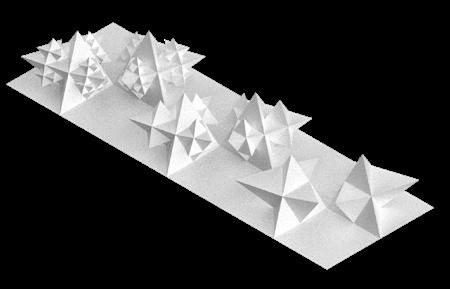


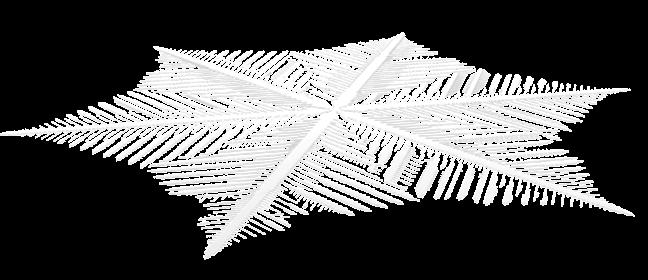

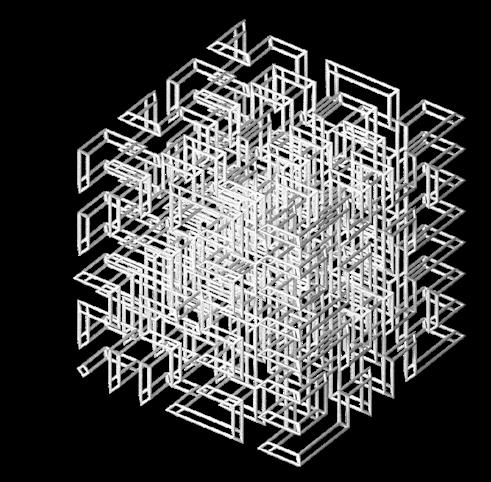
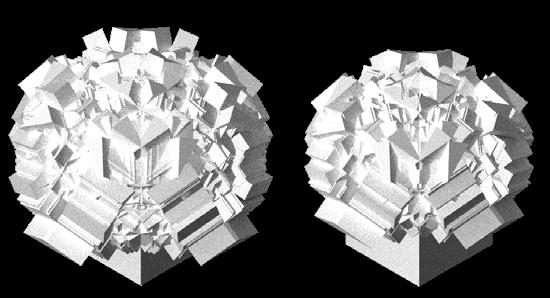


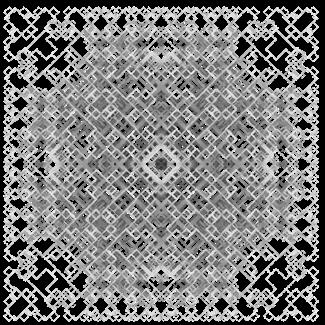
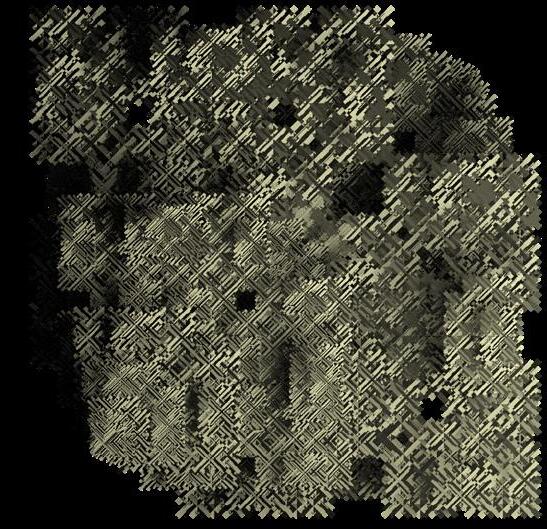
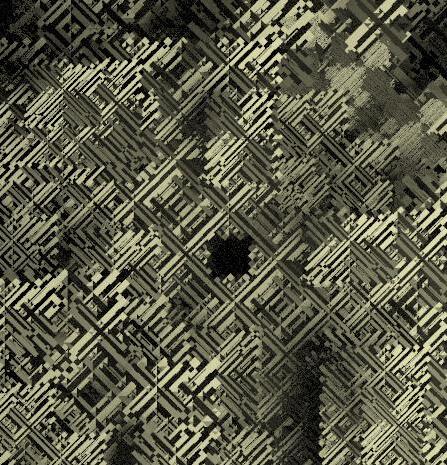
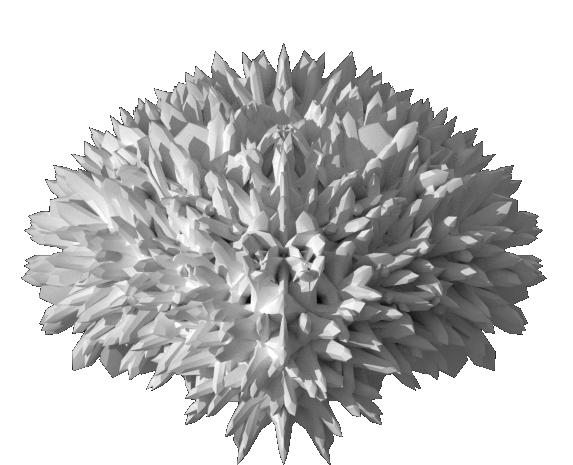
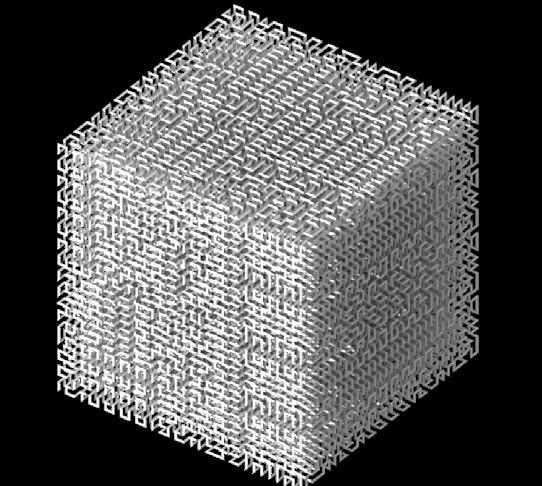
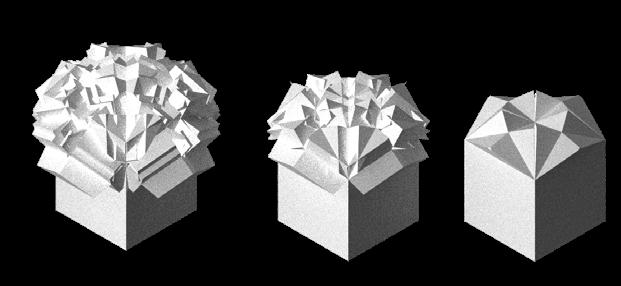

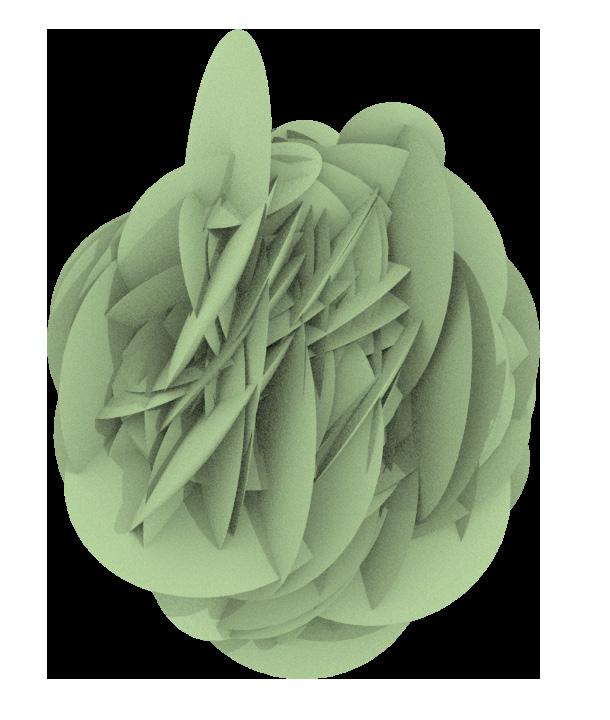
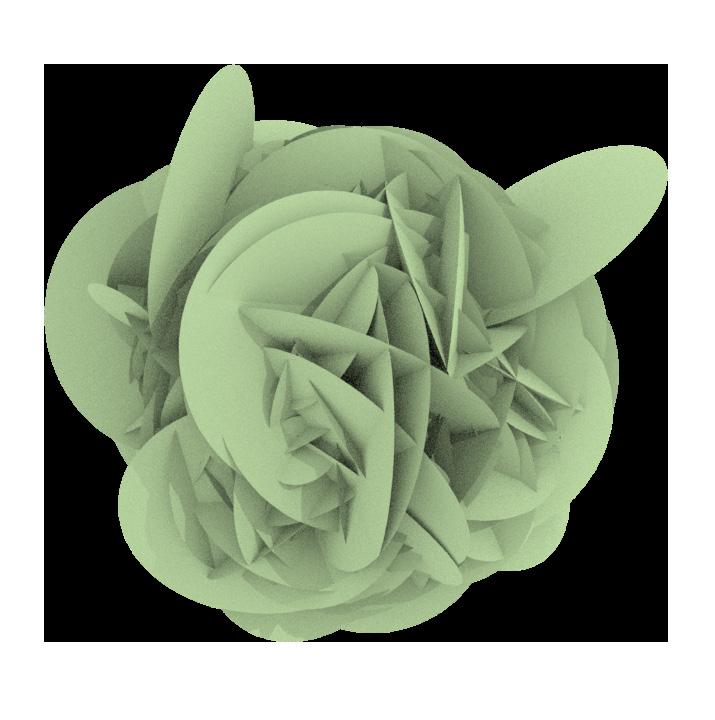


Fractal system
L-systems are a class of fractals which provide a grammar for describing the growth of self-similar structures over time. L-system rules determine the underlying structures of growth in a way which is analogous to the way that DNA is thought to determine biological growth. This growth relies on the principle of self-similarity to provide extremely compact descriptions of complex surfaces.
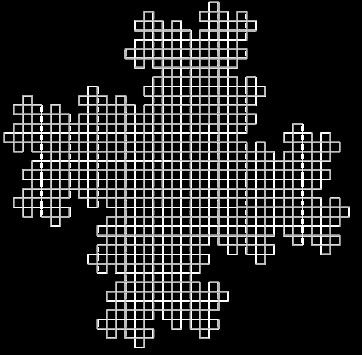
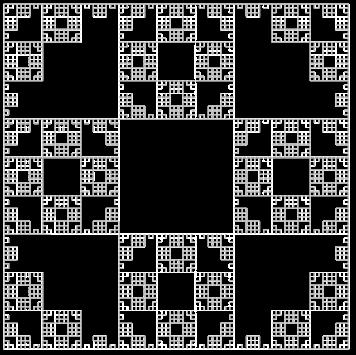
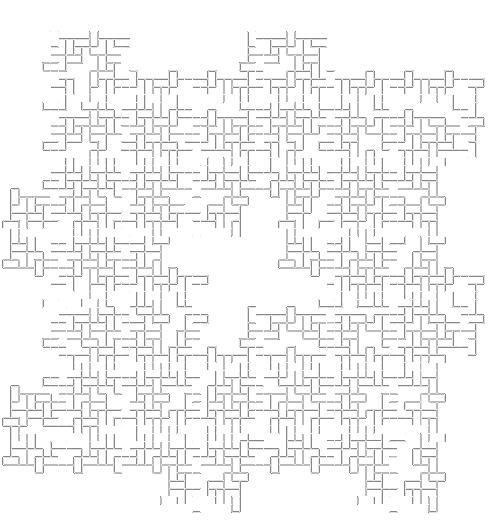
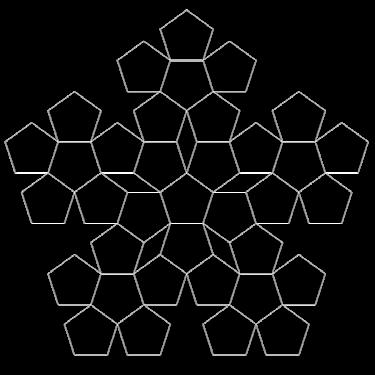


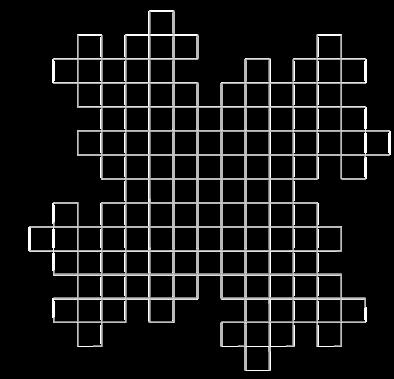

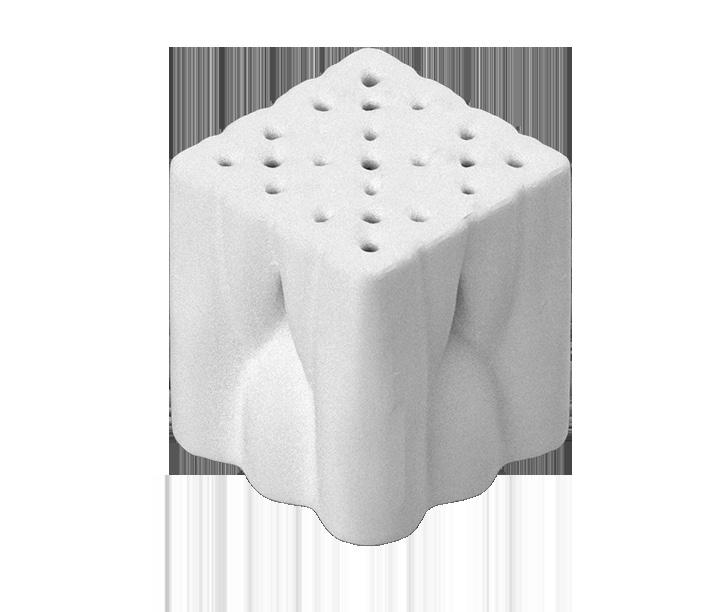



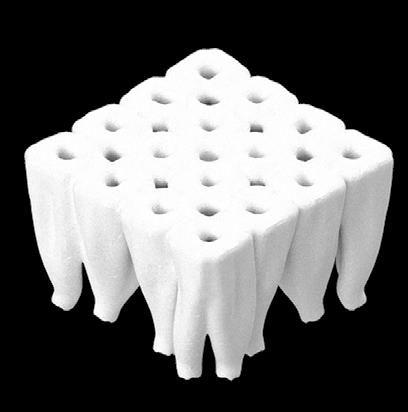
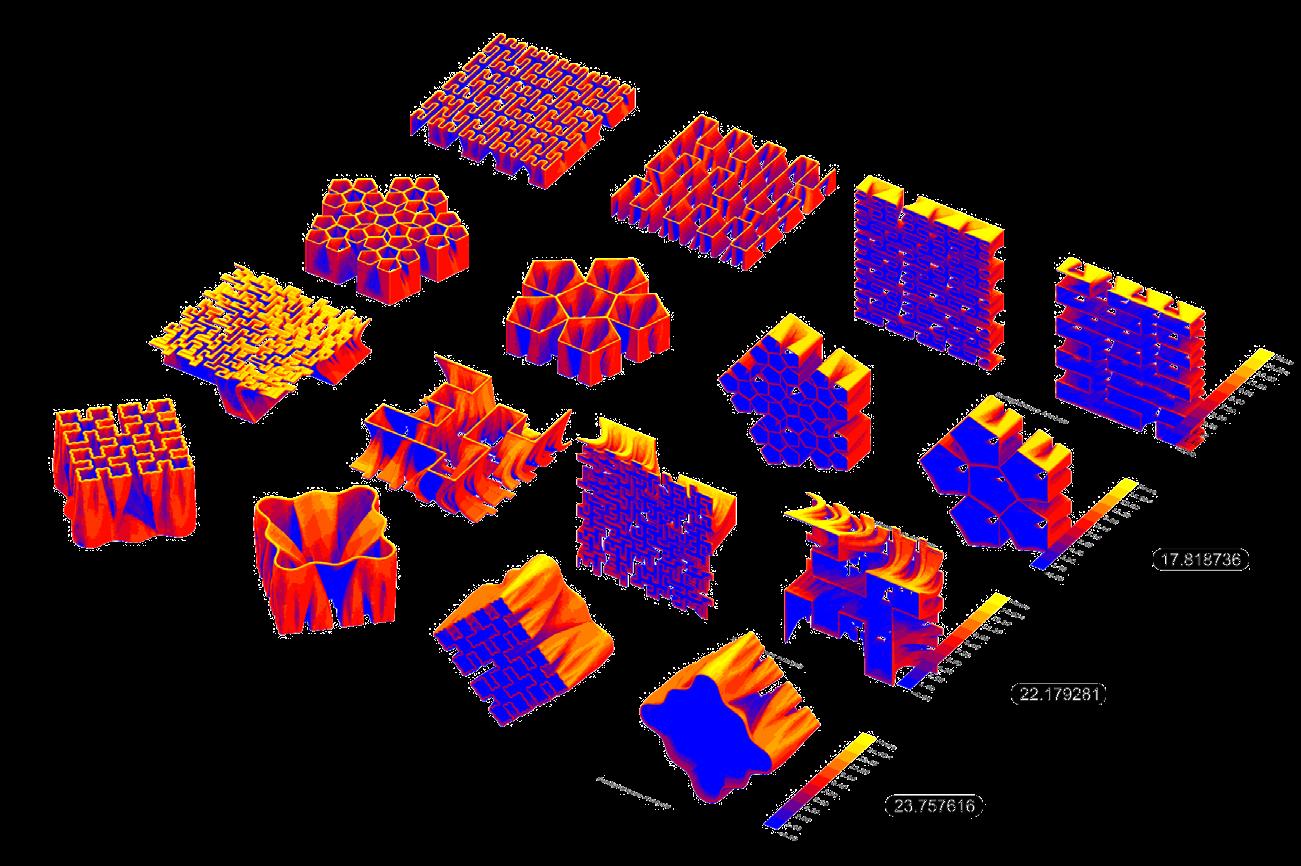

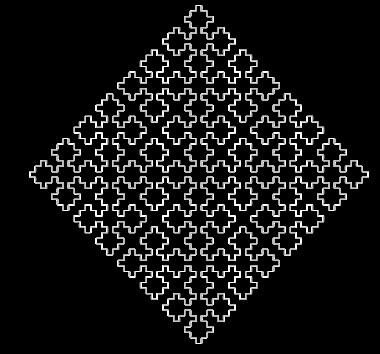
Space-filling curves (FASS) are a class of polygonal fractal curves which can tile a surface. They are made using a set of mathematical and geometrical rules known as the L-system resulting in a selfavoiding, self-similar and dimple curve.
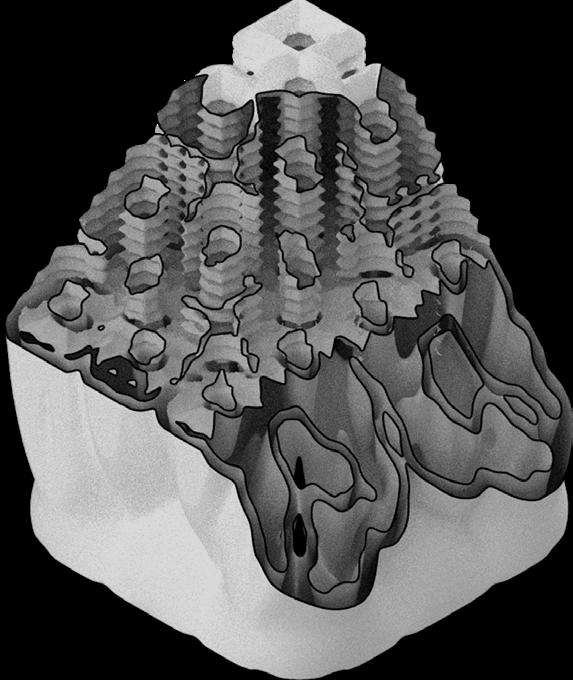
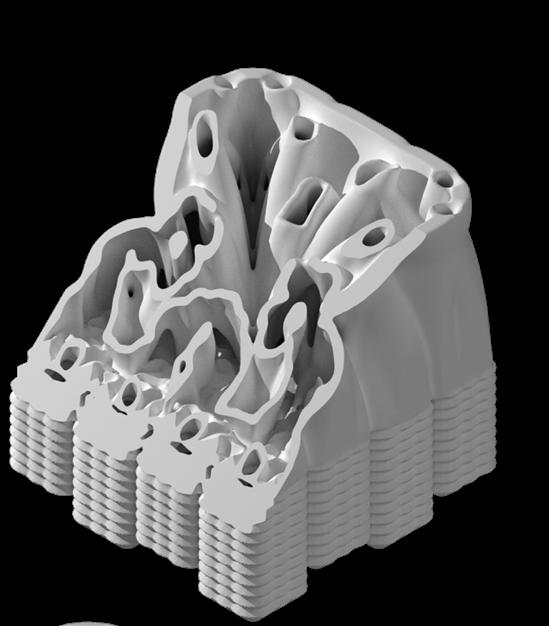
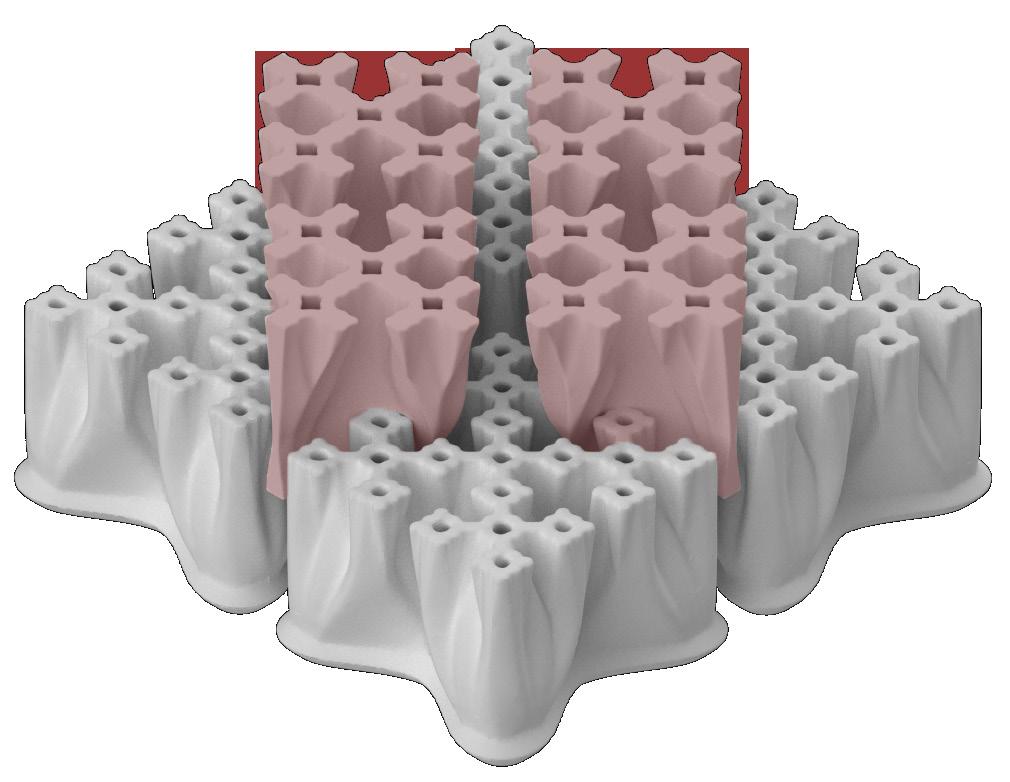


The nature of self-recursive systems makes them difficult to maipulate, the self-rewriting system only takes the previous iteration as the premise for the next iteration. The outcome of each iteration is the result of the generator and the rules applied to it.




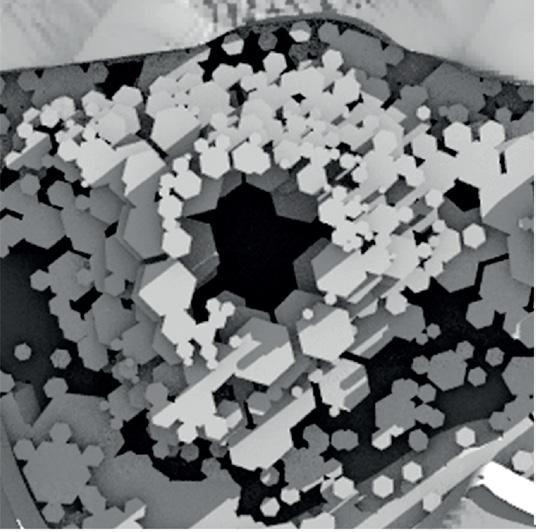
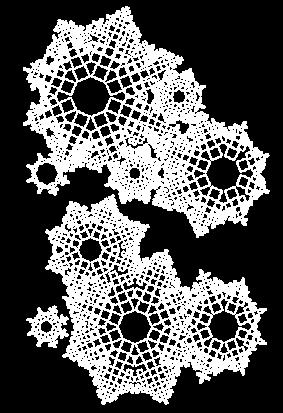
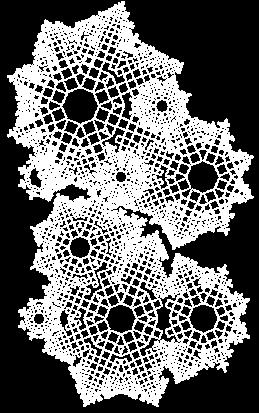


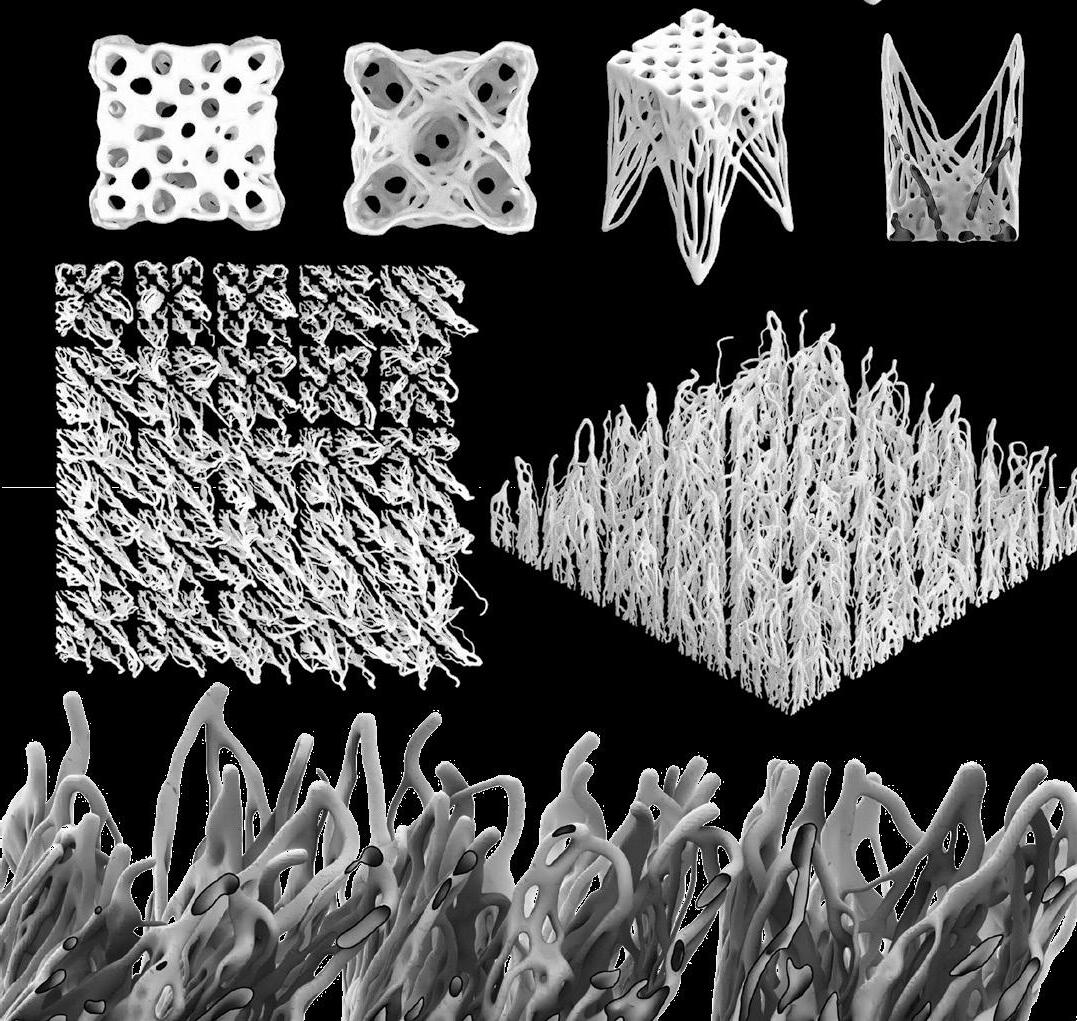
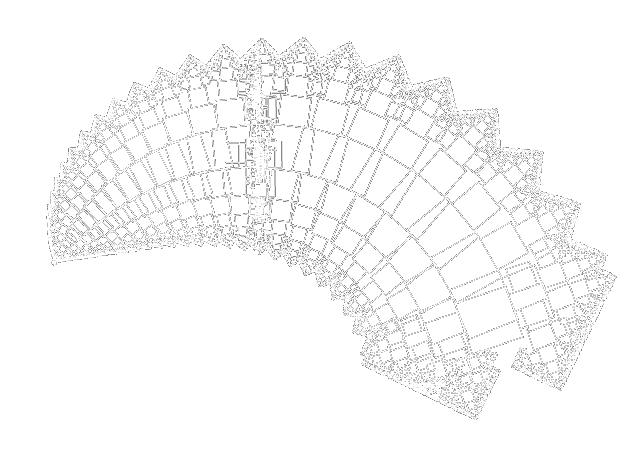
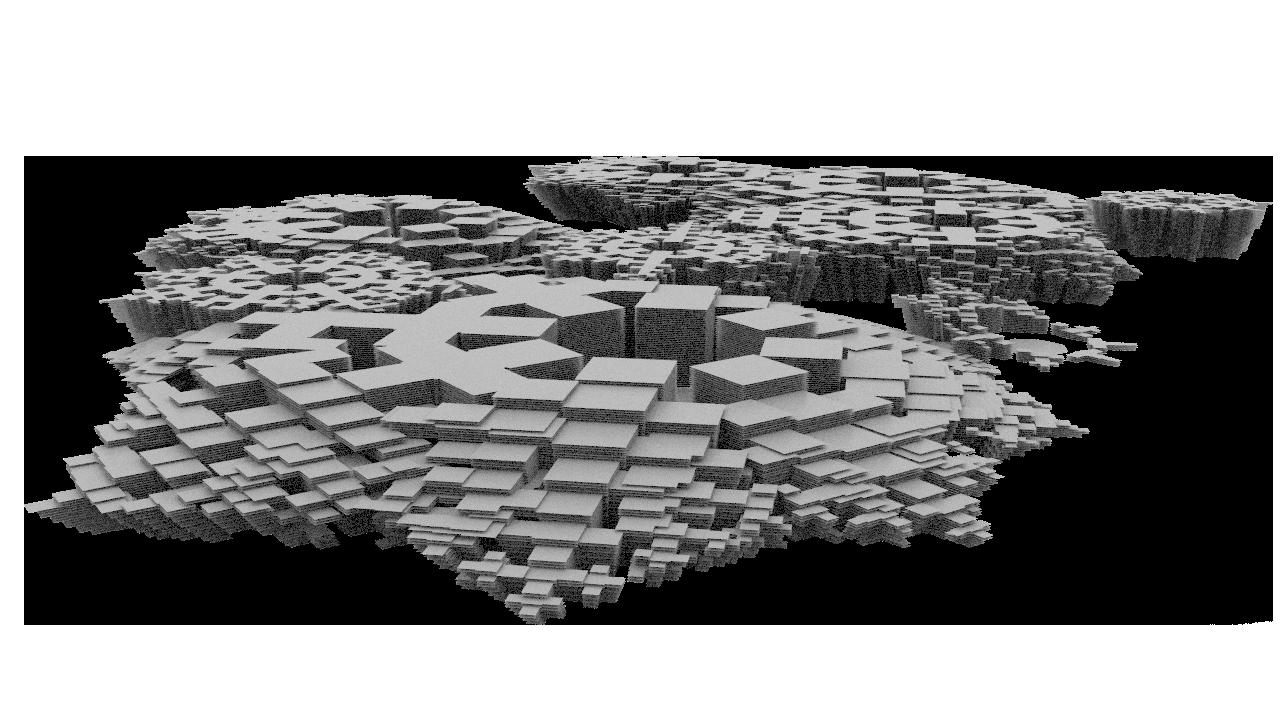
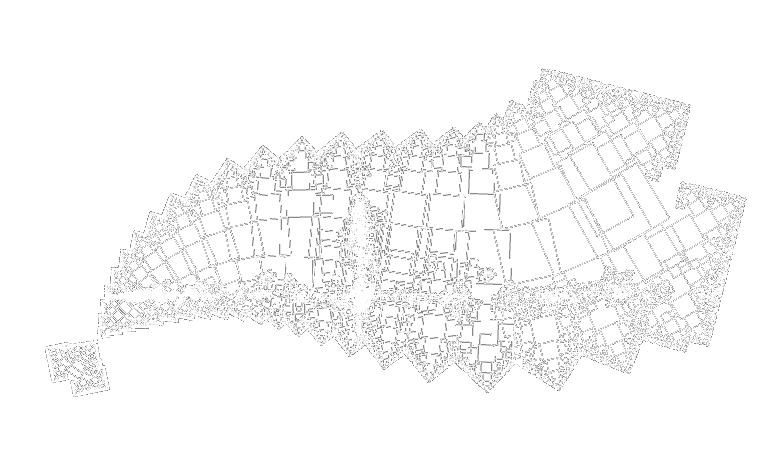































 Community Center
Traditional Pattern
Rembrandt Wall
Longhouse
Inspiration
Jack Fruit Resort
Community Center
Traditional Pattern
Rembrandt Wall
Longhouse
Inspiration
Jack Fruit Resort